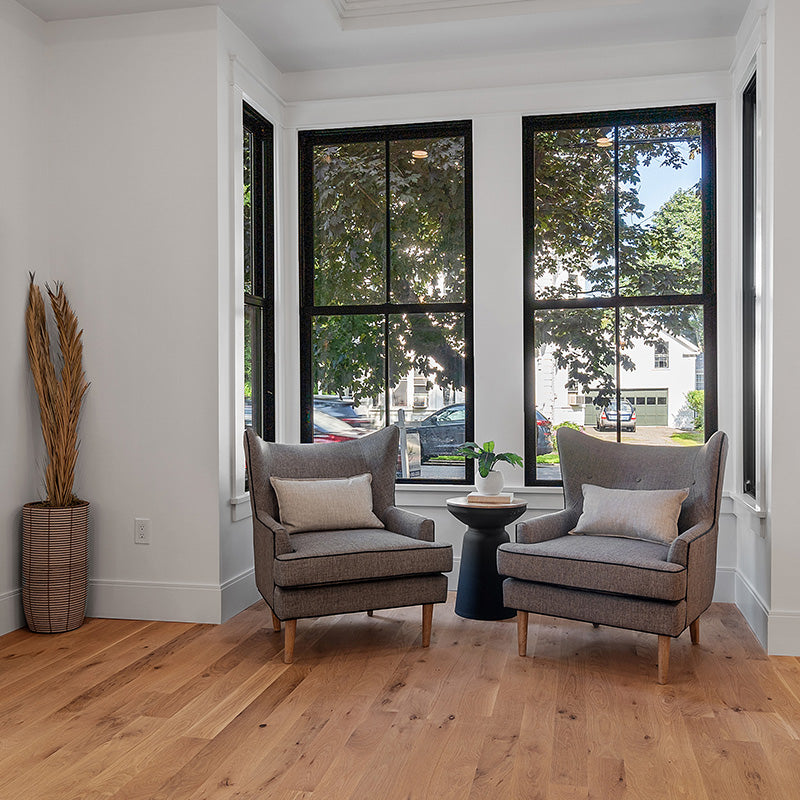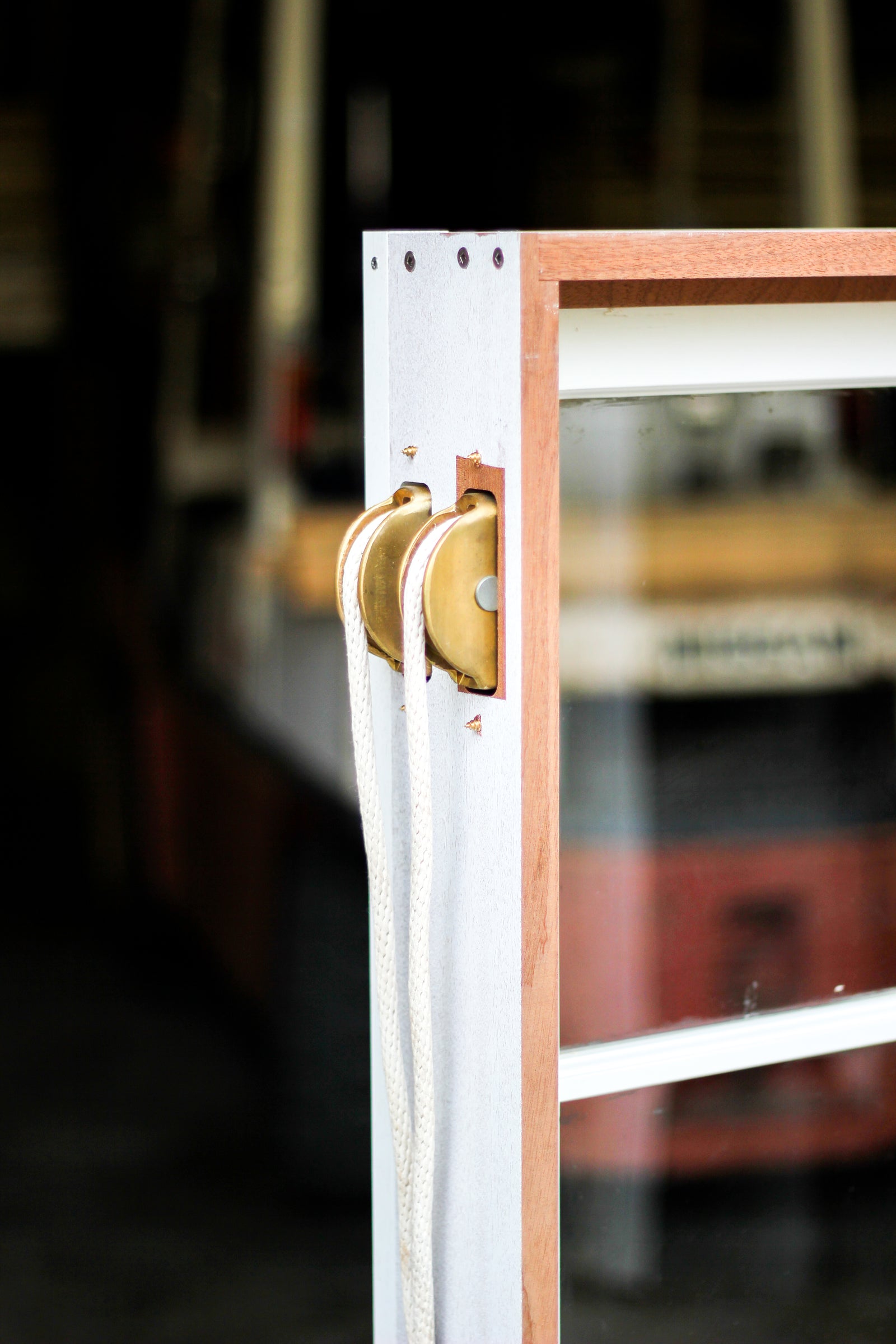Your Cart is Empty
Projects
3 Tips To Consider When Replacing Or Refinishing Hardwood Floors
January 30, 2014 2 min read
GUEST BLOG POST
Sanding, cupping, and thickness of wear layer should be examined before starting work.
http://www.proremodeler.com/ January 15, 2014

1. Consider Sanding First - If your client's on a budget, sanding should always be considered first as it's the least expensive option for their remodel and can enable you to eliminate a wide range of undesirable characteristics. Professional sanding can rejuvenate floors by removing gouges, unsightly stains, day-to-day wear, or even an out-of-date stain color.
2. Look for Warning Signs Like Cupping - There are three immediate warming signs that your client's floors are beyond just sanding and rejuvenating. Floors can be marked up as unsalvageable when they:
- Exhibit severe cupping/crowning due to environment changes or accidents like a leaky pipe
- Have already been sanded more than four times or exhibit severe wear to the point where there is little to no wear layer left
- Have a finish that simply is too hard to sand off, making it extremely difficult to properly re-coat
2. Look for Warning Signs Like Cupping - There are three immediate warming signs that your client's floors are beyond just sanding and rejuvenating. Floors can be marked up as unsalvageable when they:
- Exhibit severe cupping/crowning due to environment changes or accidents like a leaky pipe
- Have already been sanded more than four times or exhibit severe wear to the point where there is little to no wear layer left
- Have a finish that simply is too hard to sand off, making it extremely difficult to properly re-coat


3. Determine the Thickness of the Wear Layer - Sanding and refinishing versus replacing often comes down to one question: Does your client have a thick enough wear layer to sand out the "issues" like unsightly stains or gouges? This will depend on the construction and quality of your floors as 3/4-inches thick quality solid wood floors typically have a wear layer that support 3-4 sandings. Low-quality solid wood floors, however, and most engineered wood floors have much thinner wear layers. You can usually test this by checking the amount of wood still left above the tongue and groove joint. If the floor has been sanded many times, the wear layer will be very close to the joint leaving you unable to sand further.
FIND OUT MORE!
Grand Banks
Grand Banks
978-281-2421
Leave a comment
Comments will be approved before showing up.
Subscribe Today!
Our goal is to provide you with as much information as possible. Our newsletter is full of tips, inspiration and featured projects. We promise to only send you interesting things and never share your email with anyone else.




